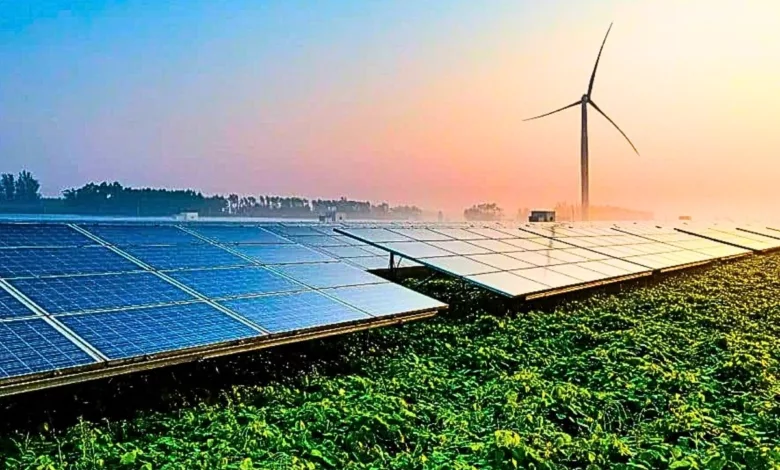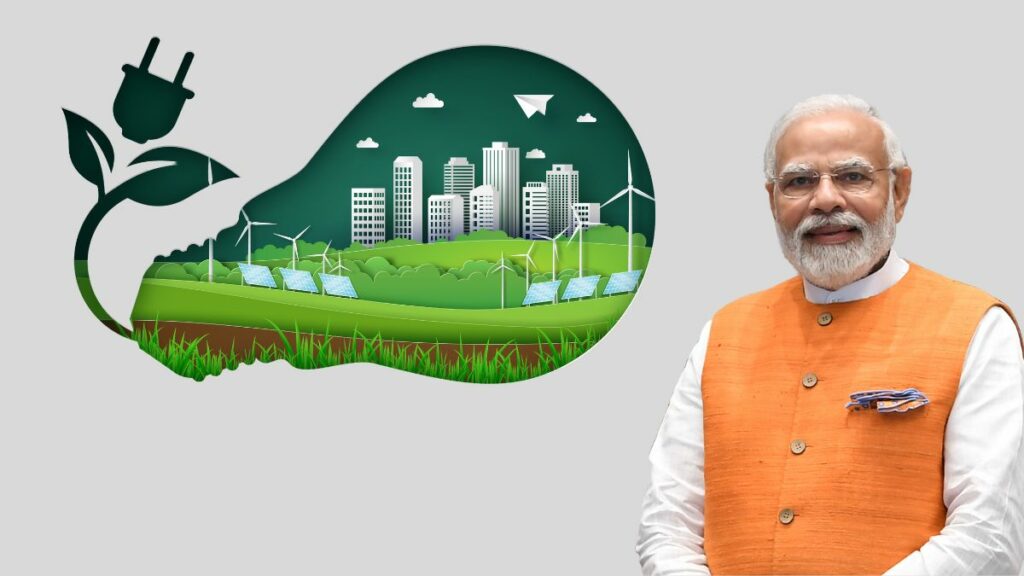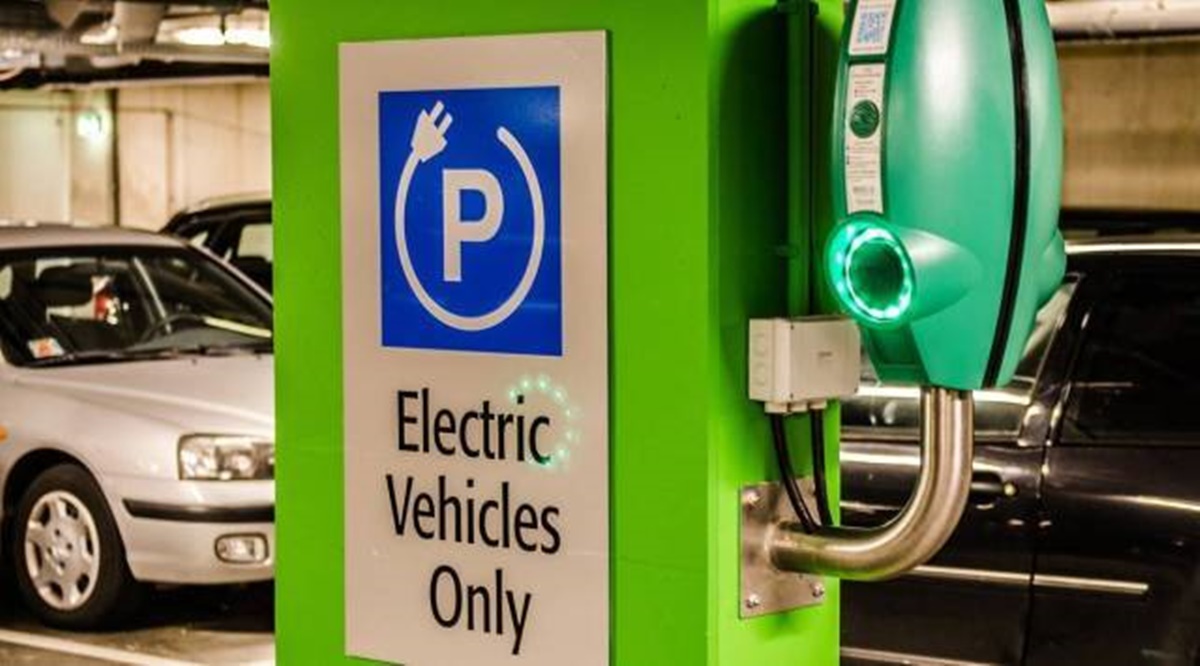India Is On Track To Attain Energy Independence By 2047.
It concluded that achieving energy independence will have a substantial beneficial impact on India's economy, ecology, and energy usage

Due to its fast economic expansion, India will see a quadrupling in its energy consumption during the next coming decades, making it the third-largest energy consumer in the world. If we consider the research undertaken at the US Department of Energy under Lawrence Berkeley National Laboratory, the great nation India can achieve energy independence by 2047 when it celebrates 100 years of independence. Moving along in the passage revolving around the “Pathways to Atmanirbhar Bharat” study, India’s energy infrastructure would require $3 trillion in investments over the coming decades.
It concluded that achieving energy independence will have a substantial beneficial impact on India’s economy, ecology, and energy usage. For example, consumers would save USD 2.5 trillion through 2047, while the nation would spend USD 240 billion less per year on fossil fuel imports. India’s industrial competitiveness has improved on a worldwide level, increasing its ability to meet its net-zero promise earlier than expected.
Considering the news unleashed by the Department of Energy, Berkeley Lab staff scientist, and co-author Amol Phadke said that investing USD 3 trillion in India’s energy infrastructure is necessary over the next few decades. “The study finds that prioritizing new energy resources that are cost-effective and clean is vital for long-term financial sustainability,” he added.

The great central government of golden bird nation has already established a goal of installing more than 500 GW of non-fossil electricity generation capacity by 2030. This would be followed by an 80% clean grid by 2040 and a 90% clean grid by 2047, according to the research, which states that India will attain energy independence.
It is anticipated that new car sales may be almost entirely electric by 2035. The paper suggests that in most situations, electrification and renewable hydrogen may take the role of heavy industrial production.
It said that locally accessible resources may supply the majority of the lithium needed to manufacture new electric cars and grid-scale battery storage systems (estimated at 2 million tonnes by 2040). At the moment, 90% of the oil, 80% of the industrial coal, and 40% of the natural gas India uses must be imported. The current price and supply instability in the world’s energy markets puts pressure on India’s foreign exchange reserves and causes inflation throughout the economy. Clean energy has never had a more compelling argument. According to Berkeley Lab scientist and research lead author Nikit Abhyankar, India has uncovered some of the greatest lithium deposits and has attained the lowest renewable energy pricing worldwide.
According to them, India will start a significant energy shift in the next decades, according to co-author and Berkeley Lab researcher Priyanka Mohanty. Nonetheless, the transition runway gives space for planning a just transition and for strategically deploying clean technology at scale.

The Aatmanirbhar Bharat nation, India is on the cusp of evolving as a green energy powerhouse.
A clean technology shift must be made by the Indian sector, including the creation of green steel and electric car manufacturing. According to the research, the EU countries that have committed to carbon neutrality and a prospective carbon border adjustment tax are India’s top clients. India is also one of the world’s leading exporters of steel and automobiles. By 2047, 90% of iron and steel, 90% of cement, and 100% of fertilizers might be produced by heavy industry using green hydrogen and electrification.
Importantly, the government committed ₹19,700 crores to the Green Hydrogen Mission in the Union Budget 2023 to speed up the transition to a low-carbon economy and lessen reliance on imported fossil fuels. RK Singh, the Union minister of new and renewable energy and power, stated in Parliament last week that the goal is to produce 5 MMT annually by 2030.
In the meantime, the government has taken significant measures to hasten the transition of the Indian economy to one powered by green energy, including allowing FDI (foreign direct investment) up to 100% under the automatic route for renewable energy projects, waiving inter-state transmission system (ISTS) fees, and establishing ultra mega renewable energy parks.

The final verdict.
According to the analysis, India has a distinct edge to advance quickly toward a sustainable energy future since the vast majority of its energy infrastructure is still under construction. A considerable 15-year transition period is provided by India’s rising energy demand for the current fossil fuel energy assets. To ensure an equitable transition for the workforce of the nation, it will be crucial to carry out this transition in collaboration with the communities most impacted.
edited and proofread by nikita sharma




